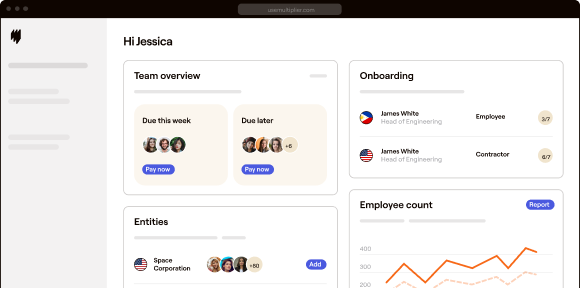Imagine a workforce of almost limitless flexibility, spread out across the globe and able to respond promptly to the sensitivities of market movements, to customer demand, and to world events.
Not an imagination anymore!
This is the distributed workforce: one that is dispersed over and thereby transcends geographical boundaries.
A distributed workforce is created when an organization’s employees are not confined to a physical office space. Instead, employees can be working from home—or anywhere from a remote office. All they need is the technology that enables themto work successfully from wherever they are.
The evidence supports the theory behind the vision, with employees reporting they are productive three quarters of the time they work from home compared to just over half the time at the office, according to the Global Workplace Analytics Work-From-Home Experience Survey.
Unsurprisingly, the survey also found that remote workers gain around 35 extra minutes because they have fewer unwanted interruptions.
Yet paradoxically a survey by Owl Labs revealed that 68 percent of people feel less lonely when working remotely.
The benefits of such an agile pool of employees are myriad. Not only does the organisation have access to a vastly wider pool of talent but also benefits from other countries’ lower labor costs and higher productivity.
Not only that, remote working solves the problem that has bedeviled employers since the pandemic. It now takes 18 percent longer for them to fill roles since Covid-19 ripped through the globe meaning they must spend more time on recruitment and less on driving performance and growth.
No wonder that according to the G-P’s 2022 Chief Financial Officer (CFO) survey an overwhelming 92 percent of CFOs believe that having a remote work policy helps with attracting and retention of talent.
Remote workers can help drive down costs for businesses as they can be cheaper than local full-time employees. Companies hiring remote workers reported average cost savings of $10,000 a year, compared to those in traditional office spaces, according to a study by Harvard Business Review.
A large proportion of the costs of in-office work attach to the office itself. Overheads include rental costs, energy, security and insurance costs, which are erased by remote working.
It’s a model that is popular with workers too, as over half of workers would take a pay cut of 5 percent or more to have flexibility in working location, with 23 percent saying they would take a pay cut of 10 percent or more.
Such is the popularity of remote working that fully 76 percent of workers will change jobs to get more flexibility in their working lives, according to Owl Labs State of Remote Work Report.
The cost savings associated to remote work are significant when it comes to small companies, which are hit far more by the costs of employee turnover. It is sobering to realise that replacing an employee can cost up to two times an employee’s annual salary.
Small and medium enterprises, however, can make use of remote working to boost talent retention and gain a competitive edge in today’s employee-centric market.
But the benefits do not just accrue to the employer. It has advantages for employees as well and these ripple outwards to their communities.
Consider the democratisation of work that remote work has enabled. It has allowed people to take on work without changing cities, thereby encouraging vital economic growth in rural areas as remote workers spend their incomes in their communities.
But there are other benefits as well. Working from home means workers can avoid the costs of renting accommodation in cities and then perhaps save up for a mortgage. It boosts family life too, by allowing workers to live closer to their loved ones and bring up their children in cleaner environments.
This has not gone unnoticed in certain polities. Notably the Irish government has set a 20 percent remote working target for the nation’s 30,000 civil servants.







